Most inventions happen on purpose, but not all. Some of the most historical and innovative inventions have been made entirely by accident.
Check out 11 inventions that we created on accident.
1.Penicillin
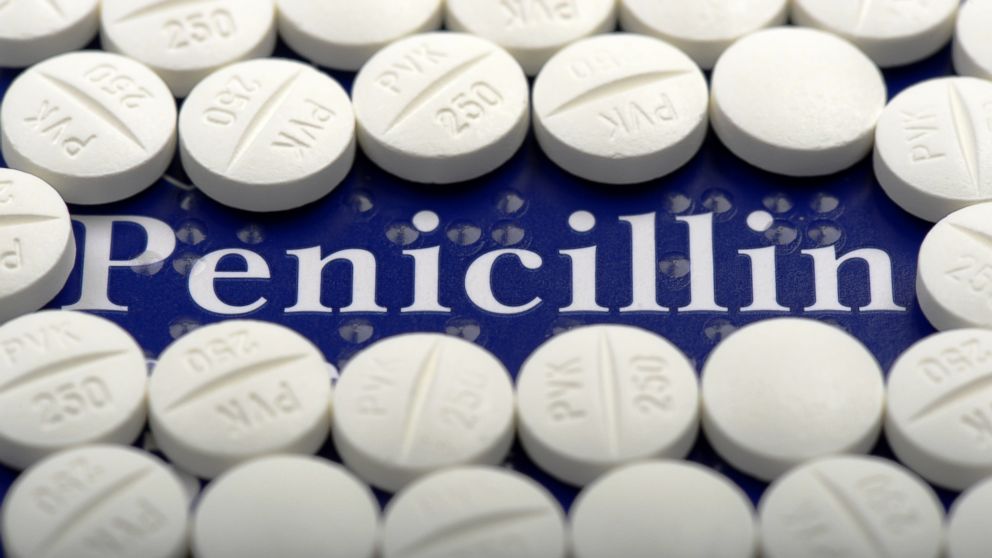
Photo: ABC News
While experimenting with with the flu virus, Sir Alexander Fleming happened to invent a very important medicine. What we know as penicillin was discovered when Fleming noticed mold contamination in his staphylococcus cultures. This mold was preventing the bacteria from growing and so penicillin was invented as an antibiotic.
2.The Microwave Oven
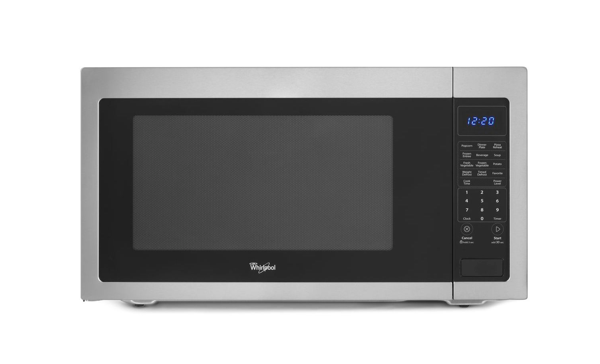
Photo: CNET
In 1945, an engineer by the name of Percy Spencer accidentally created the microwave oven. While experimenting with energy sources, he realized that a chocolate bar was melting in his pocket during these tests. After putting popcorn into the machine he was using, the popcorn began to pop, and Spencer had created something new. The microwave oven has revolutionized household cooking and completely on accident.
3.Corn Flakes
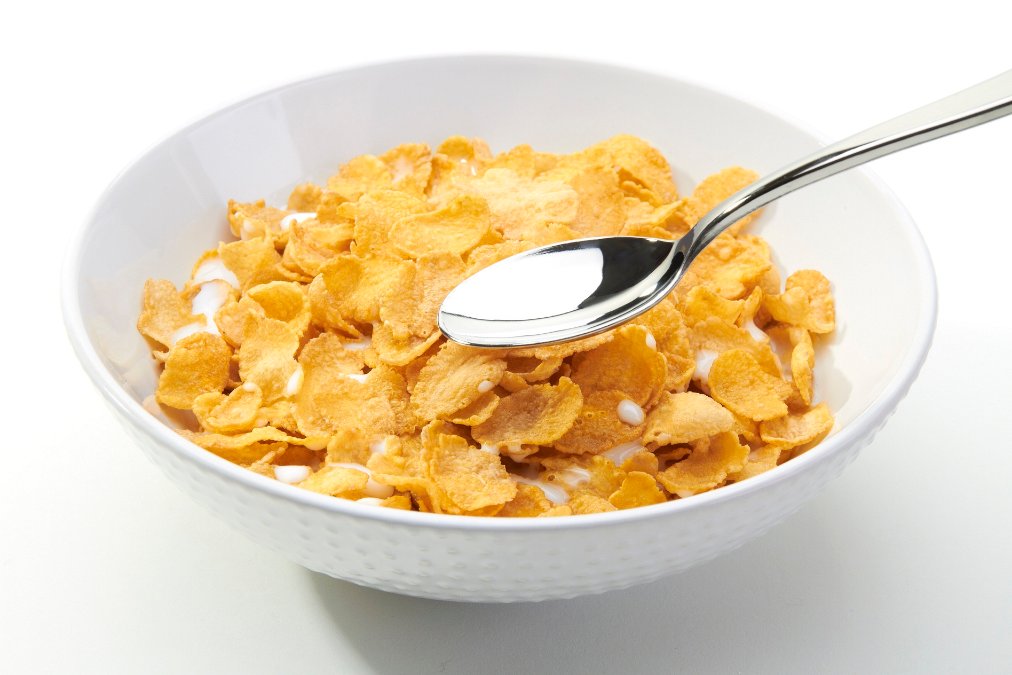
Photo: Linkedin
Now Corn Flakes might not be entirely historical, but they were created completely by accident. In 1895, John and Will Kellogg left a pot of boiled wheat sitting out. Despite their flaky texture, the brothers decided to cook the mixture anyways. The concoction created what we now know as Corn Flakes.
4.Post-it Notes

Photo: Nightingale Apps
While working in the 3M laboratories, Spencer Silver attempted to craft a strong adhesive. Instead, he accidentally created an adhesive that could stick to things and be moved without any damage. Storing the concoction, Spencer didn’t have a purpose for his invention until 1974. The inventor realized he needed a light adhesive that could be used as a bookmark, and so the post-it note was invented.
5.X-Rays

Photo: Live Science
Wilhelm Röntgen invented the X-ray in 1985, but completely on accident. The inventor was testing cathode ray tubes when he noticed a glow coming from his lab. Wilhelm proceeded to take an X-ray of his wife’s hand, which would be the first X-ray to ever be taken.
6.Vaseline
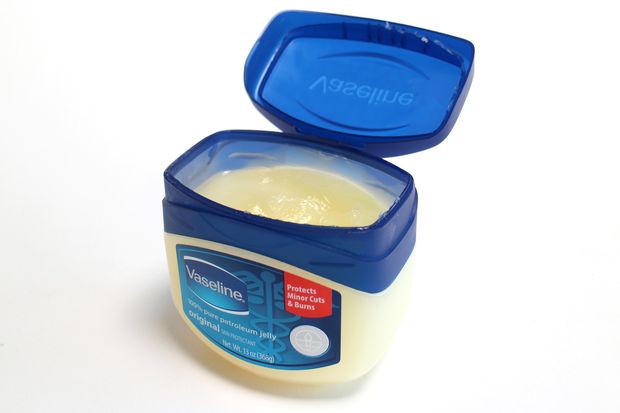
Photo: Instructables
In 1859 Robert Chesebrough was working in oil fields when he began hearing complaints about a waxy substance that was clogging equipment. This substance was waxy and became very annoying. It was then that Chesebrough took advantage of this waxy substance and created Vaseline.
7.Velcro
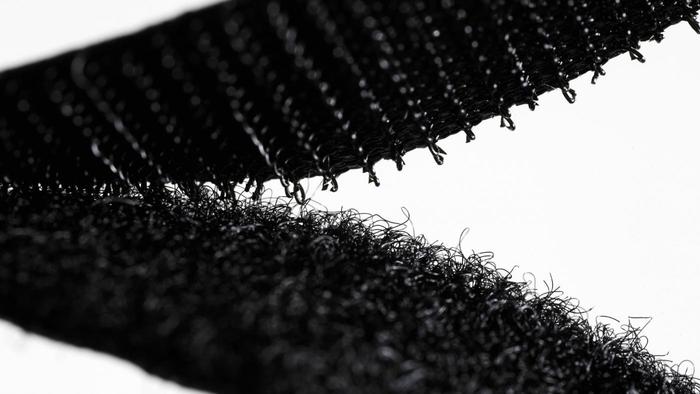
Photo: Reference
George de Mestral began to notice how easily a cockle bur would attach itself and stick to his dog’s fur. Mestral decided to create Velcro and modeled his invention after after the bur.
8.Gunpowder

Photo: Time Toast
During the nineteenth century, Chinese alchemist were experimenting with an elixir that could prolong life. Instead, the alchemists created something much more explosive. They mixed together sulfur, salt peter, and charcoal which made for a deadly elixir that would definitely not prolong their life.
9.Safety Glass
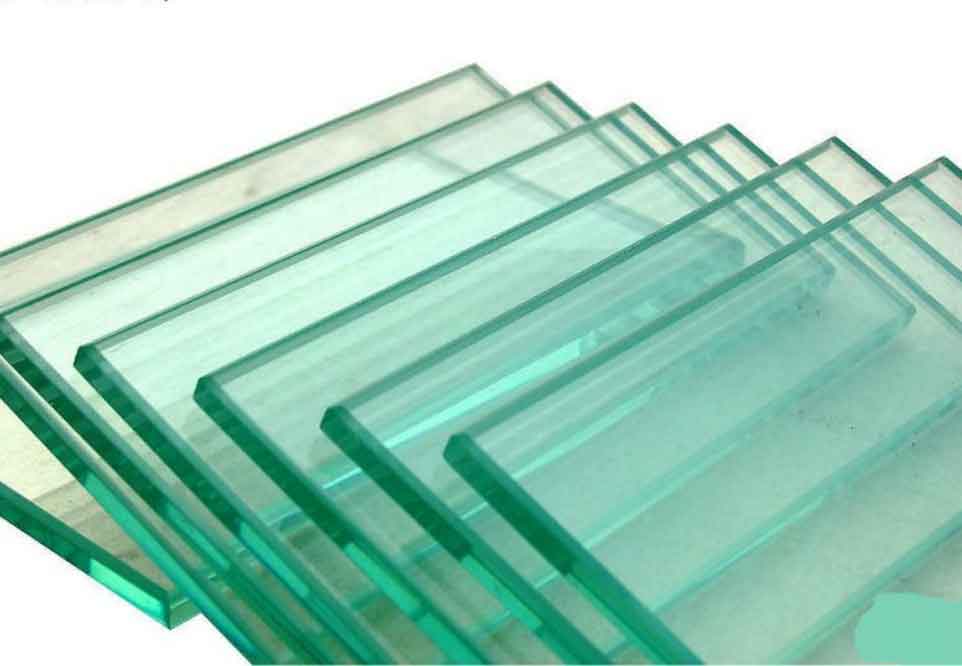
Photo: Glass Online
During the early 20th century, chemist Edouard Benedictus created shatter proof glass. The chemist accidentally dropped a glass flask that had previously been coated with plastic cellulose nitrate. The flask didn’t shatter and we can now thank Benedictus for creating the glass that is still used in vehicles today.
10.Chocolate Chip Cookies
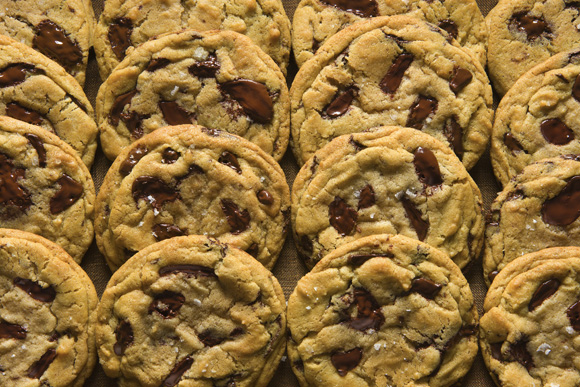
Photo: New Yorker
It’s safe to say that the invention of chocolate chip cookies changed baking history forever. Ruth Wakefield, was experimenting with a batch of cookies by adding baker’s chocolate to the mix. She thought that the chocolate would melt into the mixture, but instead they stayed in tact. We continue to enjoy these sweet treats today thanks to a small experiment.
11.Vulcanized Rubber

Photo: Auto Protocall
In 1839, the famous Charles Goodyear, invited a durable rubber that was resistant to hot and cold temperatures. While experimenting, Goodyear dropped a small mixture of rubber, lead, and sulfur onto a stove. Instead of melting, the mixture began to harden.

